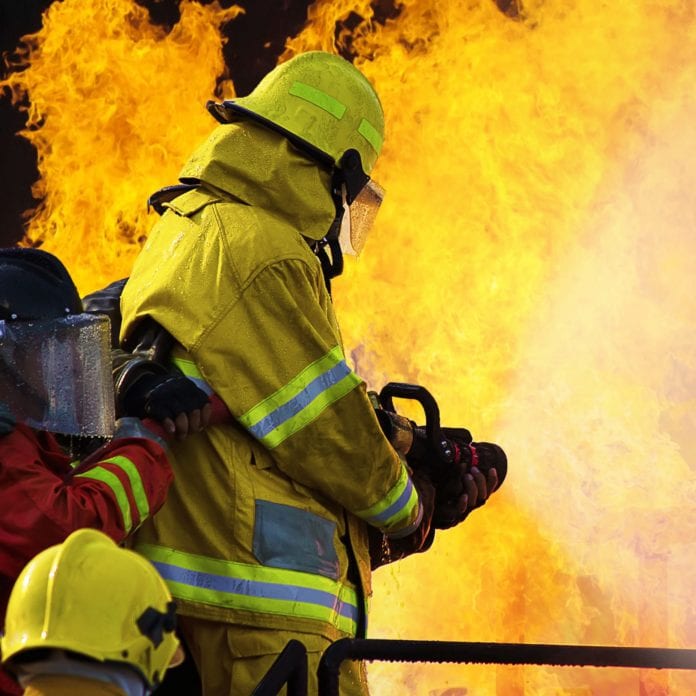LAS VEGAS — While 5G discussions often revolve around what the technology can provide to consumer and industrial users, the focus on Wednesday was what 5G will be able to enable for first responders.
During a session at the International Wireless Communications Expo, there was both acknowledgement that 5G is only beginning, and enthusiasm about the potential that it holds for paradigm changes — for public safety operations as well as the rest of society.
“I think really, what 5G brings us is the opportunity to rethink form factors, rethink the way that we do things, that we live, that we work, that we operate,” said Peter Clemons, founder of critical communications analyst firm Quixoticity.
Rishi Bhaskar, VP for energy and public sector markets at Ericcson, said that 5G is expected to have the same level of transformation as the introduction of smartphones and the internet. He also spoke of 5G as a way to drive down wireless broadband deployment costs to rural and underserved areas and tackle the lack of high-speed broadband service in rural areas, which limits the opportunities that both consumers and first responders have to make practical use of data-based applications and services.
Enhanced mobile broadband access, Bhaskar said, will result in gains in situational awareness through connecting things such as transportation and industrial sites and is “a natural benefit of 5G.”
But the panelists also said that not only is 5G in its very early days of deployment — with carriers such as AT&T and Verizon focused on limited, urban deployments of fixed wireless access broadband — but it is going to be some time before the technology matures and becomes widely available.
“The full vision of 5g is going to take probably a number of releases and a number of years for us to fully achieve,” cautioned Clemons. “Even when the firefighters and the police chief are handed their 5G smartphones, over the next couple of years, it’s very unlikely that they’re going to be relinquishing their P25 and their Tetra and their LMR devices.”
Panel participants also pointed out that wireless technology standards bodies used to give short shrift to features that were of interest to public safety. That isn’t the case any more, with mission-critical features now built in to both LTE releases and into 5G standards.
And in the meantime, “the 4G network still works. Your 3G network still works,” said Nick Nilan, director of public safety product development for Verizon. “The other thing to remember is that 4G is not going away, and it’s not a wait-and-upgrade kind of conversations. It’s not ‘let’s just see what the future brings’, it’s ‘what can I do now with the networks that exist.'”
Verizon this week announced its first cohort of companies that will be participating in testing and development of their products at Verizon’s 5G First Responder Lab, part of its 5G lab in Washington, D.C. The five companies focus on a range of technologies, from sensor data to visual data from drones, to analytics for real-time situational awareness, to augmented reality for firefighters in zero-visibility environments.
Nilan also said that as public safety departments across the country ramp up their use of video — from body -worn cameras to dash cams to surveillance cameras — that the amount of video that law enforcement agencies are ingesting is “staggering.” Then the issue becomes how to process that raw data in order to provide useful information to the right people at the right time, he said. 5G could support more real-time video, as well as additional processing resources in the form of edge computing to make sure that only useful information gets transmitted immediately, while the rest is stored and transmitted intermittently or only if needed.
Still, there were some signs that 5G may become a reality — at least, for urban residents — faster than expected. Bhaskar said that Ericsson is “moving at the pace of our customers, and they’re pushing us to … bring products to market faster.”
“We can’t build radios fast enough, to be very honest,” he said.

